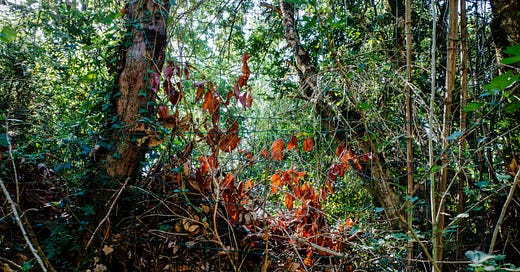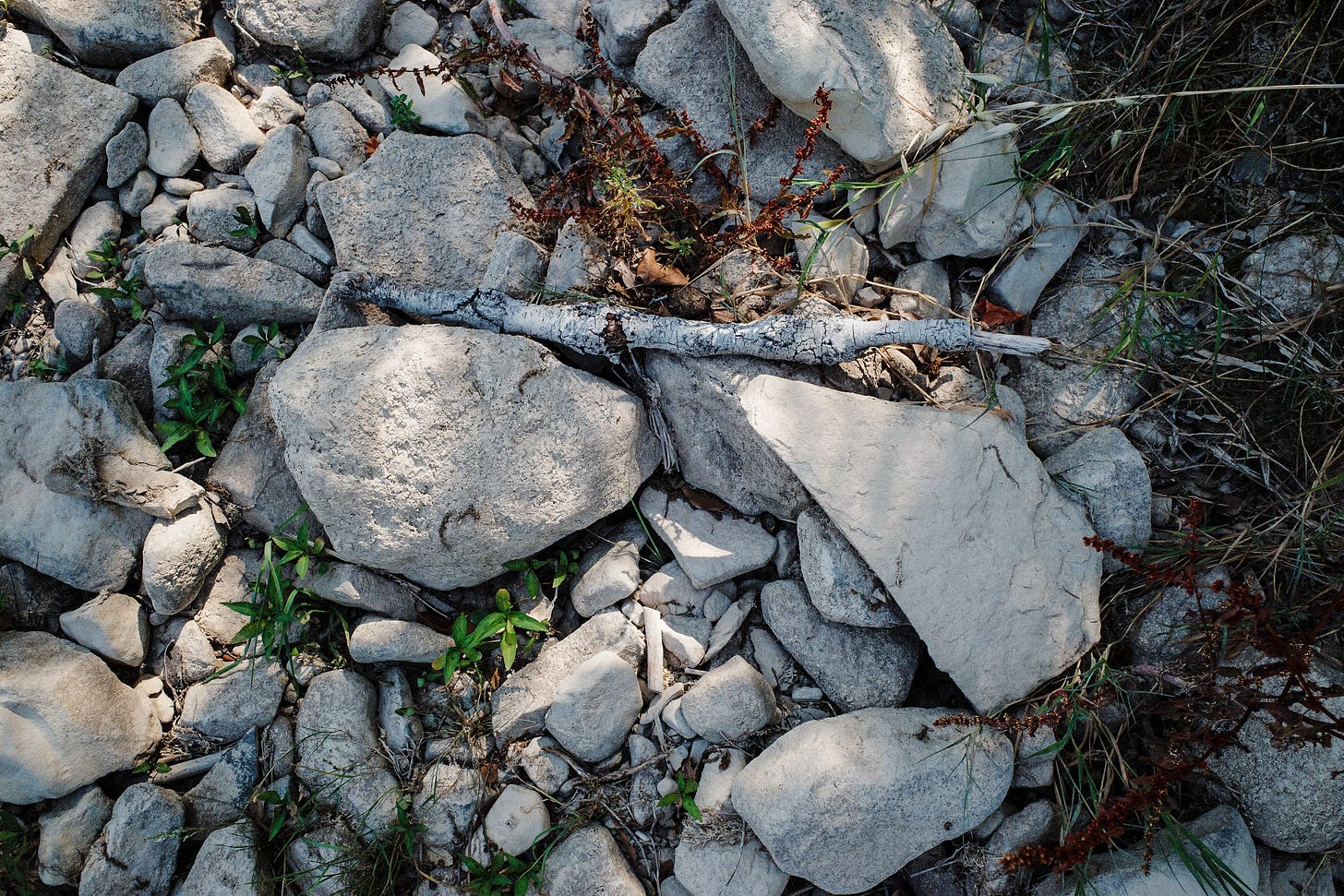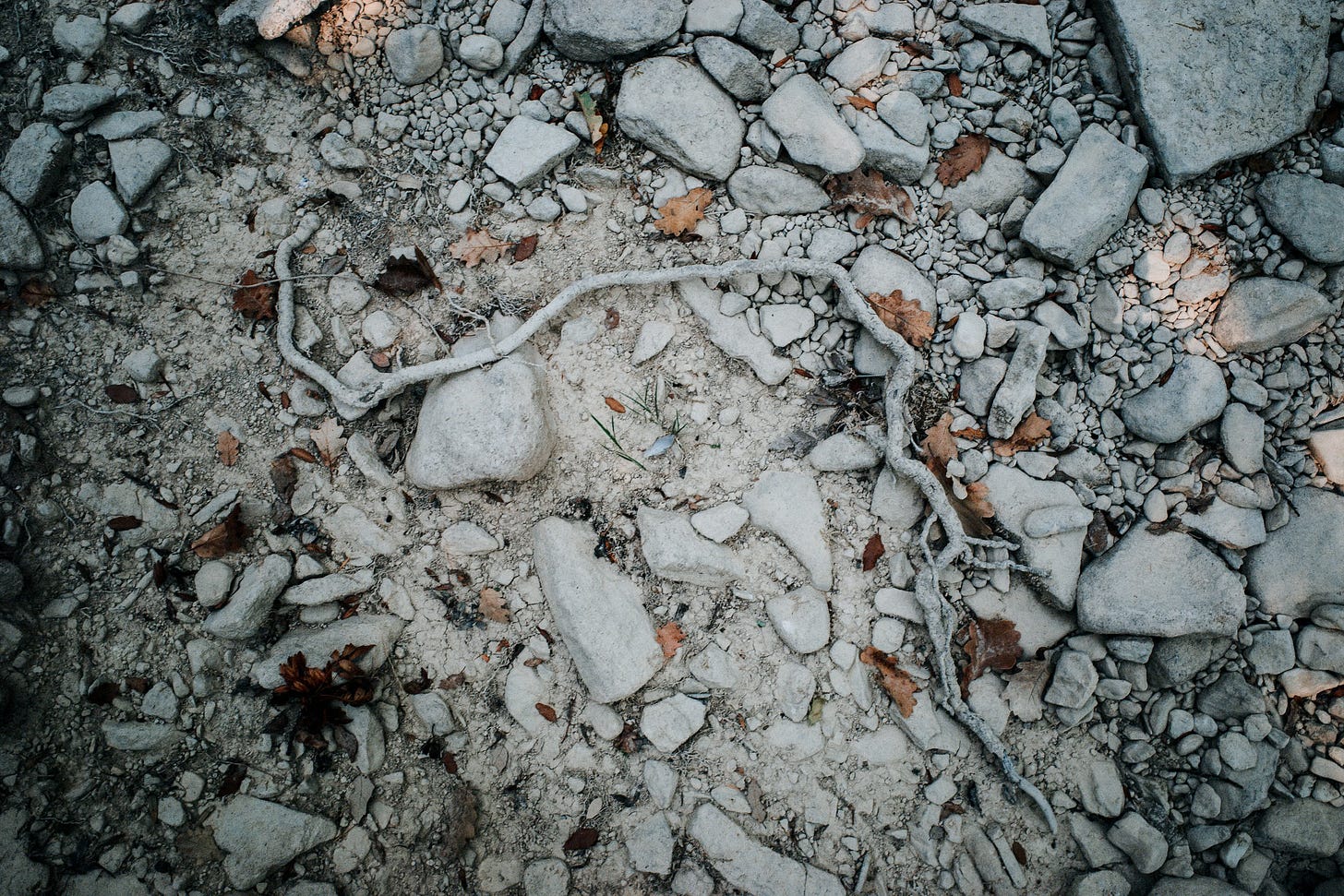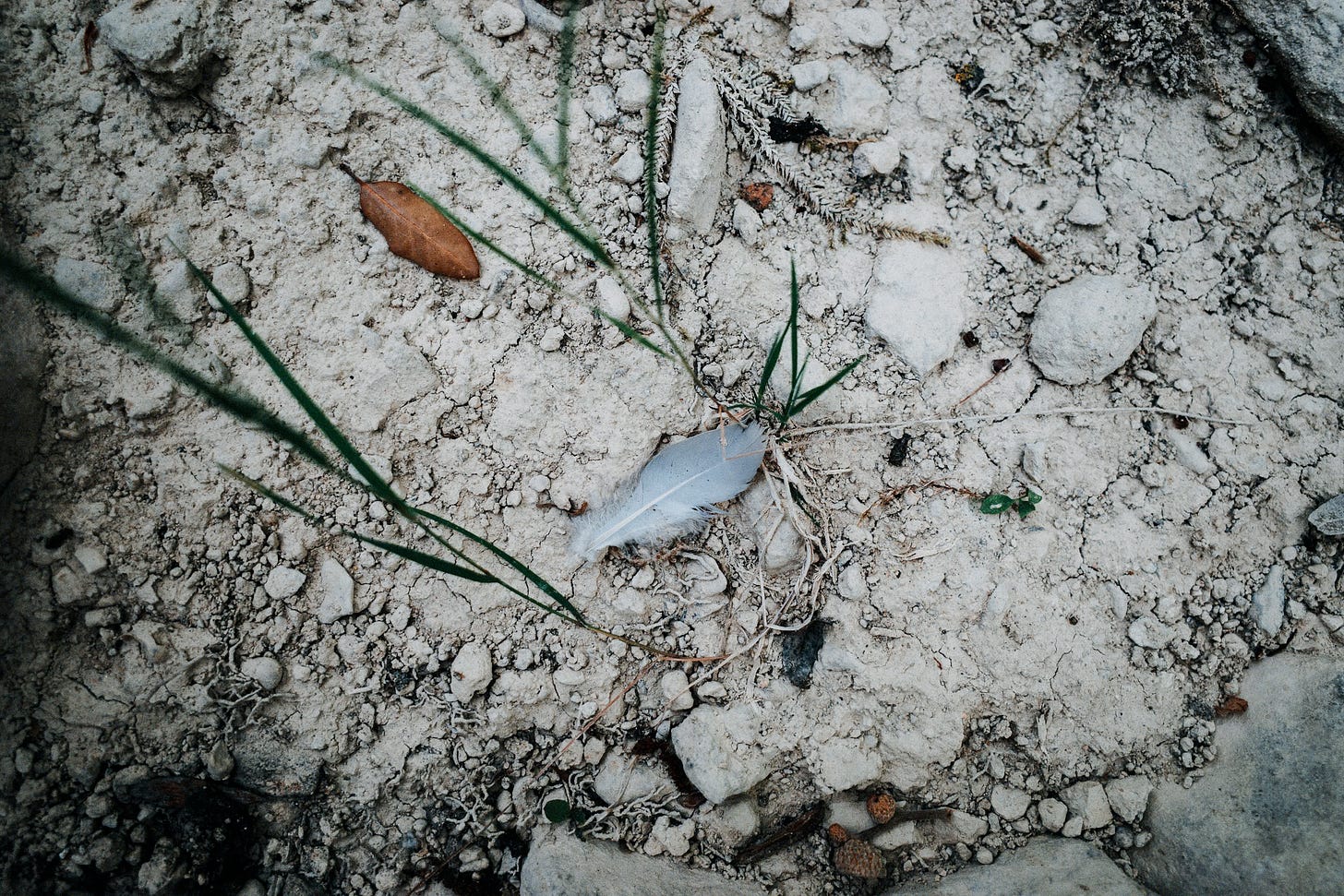Fin décembre, Susanne Helmert posait la question à ses lecteurs de savoir qui avait un projet, photographique ou autre, sur 365 jours en 2025.
Et justement, j’en avais un : je m’apprêtais à lancer un projet 365 haïkus avec quelques amis. Il serait intéressant de voir quelqu’un écrire un haïku et une autre personne y réagir photographiquement (ou l’inverse) ! m’a répondu Susanne. En y réfléchissant, il m’a alors semblé que d’une certaine manière, une photographie pouvait être une sorte de haïku.
At the end of December, Susanne Helmert asked her readers who had a project, photographic or otherwise, for 365 days in 2025.
And I did: I was about to launch a 365 haiku project with a few friends. Would be interesting to see someone writing a haiku and another person reacts photographically to it (or the other way around)! Susanne replied. Thinking about it, it occurred to me that in a way, a photograph could be a kind of haiku.
Dans les années 50, Jack Kerouac et Michael McClure imaginent une forme occidentale au haïku japonais, qui en garde l’essence, tout en s’affranchissant du carcan syllabique traditionnel (5-7-5). Ces « pops » — comme les surnommait Kerouac — sont de petits instantanés poétiques en trois lignes, capturant des moments d’éveil zen. Du haïku traditionnel, ils gardent trois ingrédients essentiels :
le kigo, l’ancrage dans une saison.
La capture d’un instant, comme une illumination zen surgissant du quotidien.
Le point de vue de l’auteur dans cet instant
In the 1950s, Jack Kerouac and Michael McClure devised a Western form of Japanese haiku, retaining its essence while breaking free from the traditional syllabic straightjacket (5-7-5). These “pops” - as Kerouac called them - are little poetic snapshots in three lines, capturing moments of Zen awakening. From traditional haiku, they retain three essential ingredients:
kigo, the anchoring in a season.
The capture of a moment, like a Zen illumination emerging from everyday life.
The author's view of this moment
N’est-ce pas fascinant de voir comment la photographie suit naturellement ces mêmes principes ?
La photo capte un moment, une saison. Lorsque la/le photographe est dans l’abandon total à sa pratique, alors le moment saisi est une forme d’instant zen. Enfin, la photo, lorsqu’elle est réussie, est le reflet du point de vue et de l’état d’esprit de la personne derrière l’objectif.
Isn't it fascinating how photography naturally follows these same principles?
Photography captures a moment, a season. When the photographer is in total surrender to his or her practice, then the moment captured is a form of zen moment. Finally, the photo, when successful, reflects the point of view and state of mind of the person behind the lens.
Les photos ci-dessus ont toutes été prises un jour de juillet 2024, avec un Ricoh GRIII, dans un moment qui pour moi, ressemblait à un moment de grâce.
Depuis le premier janvier 2025, nous sommes six à écrire chaque jour un petit texte de trois lignes. Presque tous les jours, j’essaie de prendre au moins une photographie.
Merci pour votre lecture et à bientôt !
The photos above were all taken one day in July 2024, with a Ricoh GRIII, in a moment that for me felt like a moment of grace.
Since January 1, 2025, six of us have been writing a short three-line text every day. Almost every day, I try to take at least one photograph.
Thanks for reading and see you soon!








On pourrait évoquer également le satori photographique de Sergio Larrain
Oh, that is so true. At least for my kind of photography. All these elements are usually what I am trying to include. Thank you for sharing!